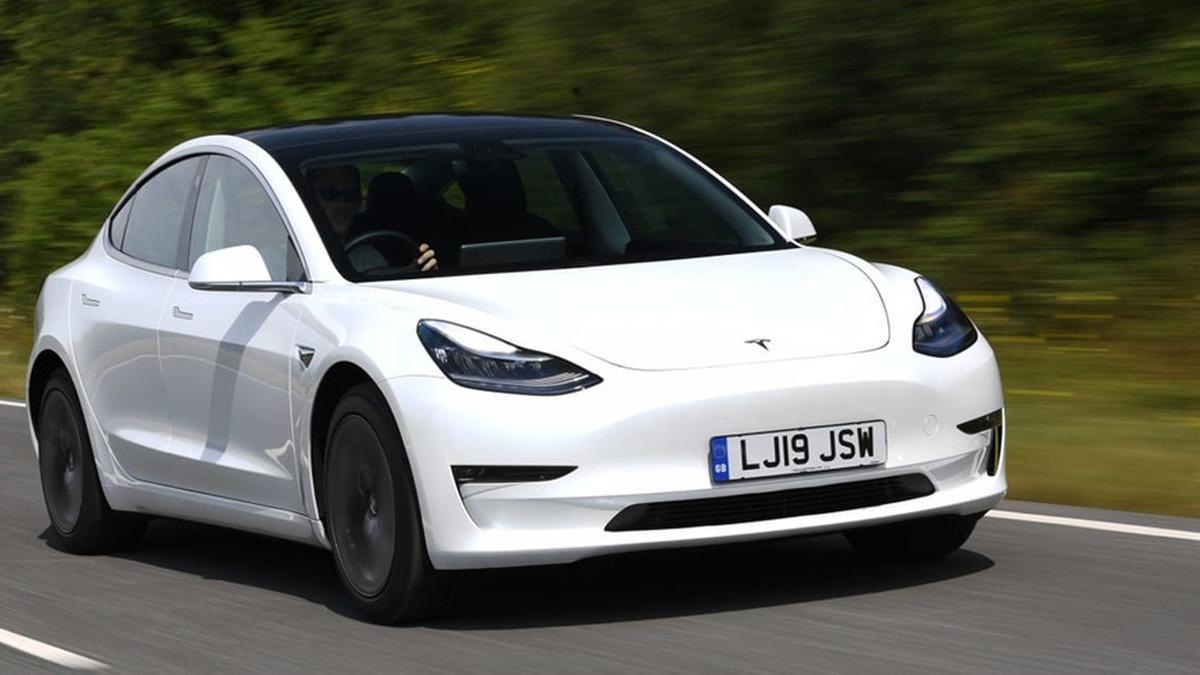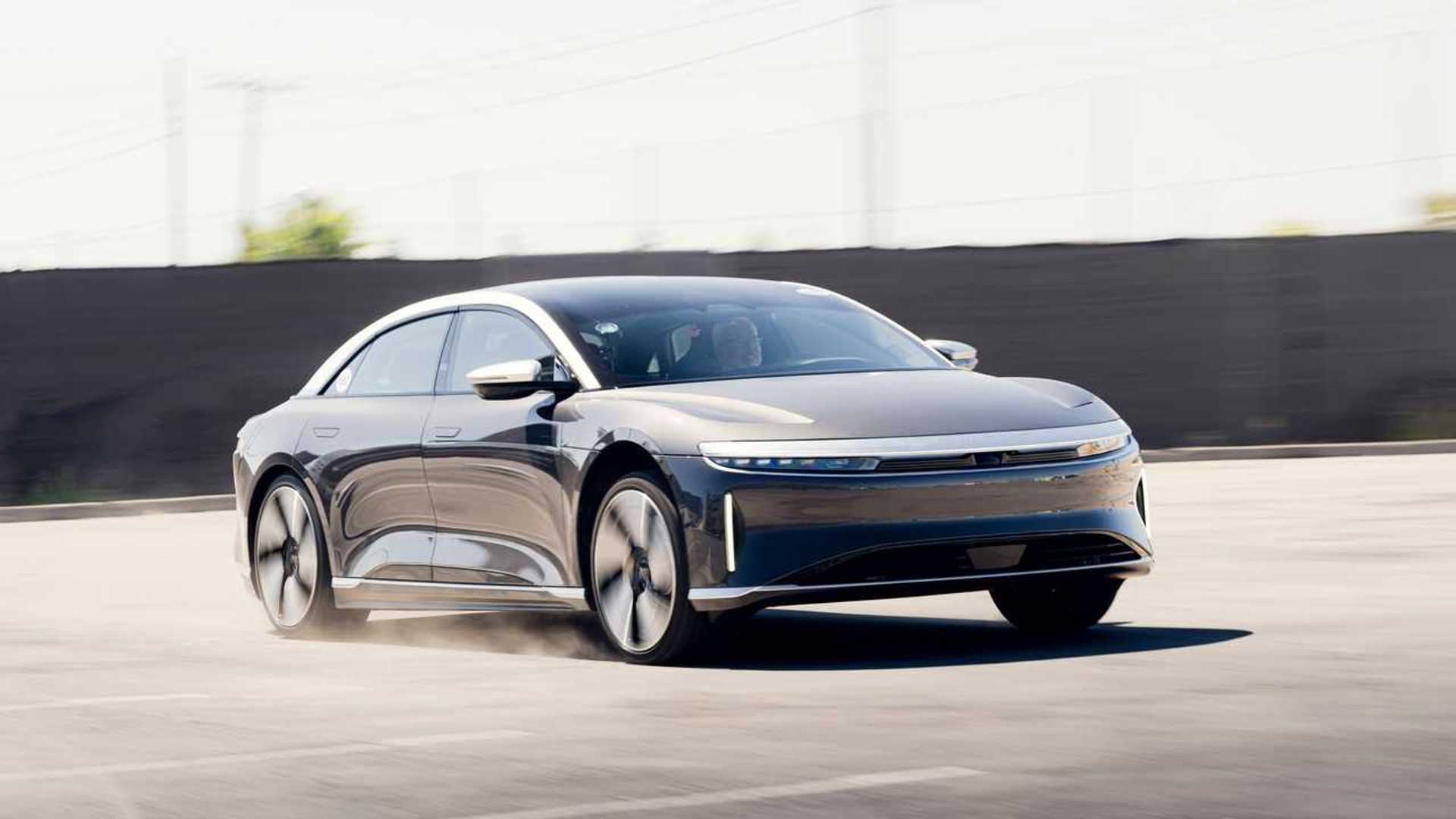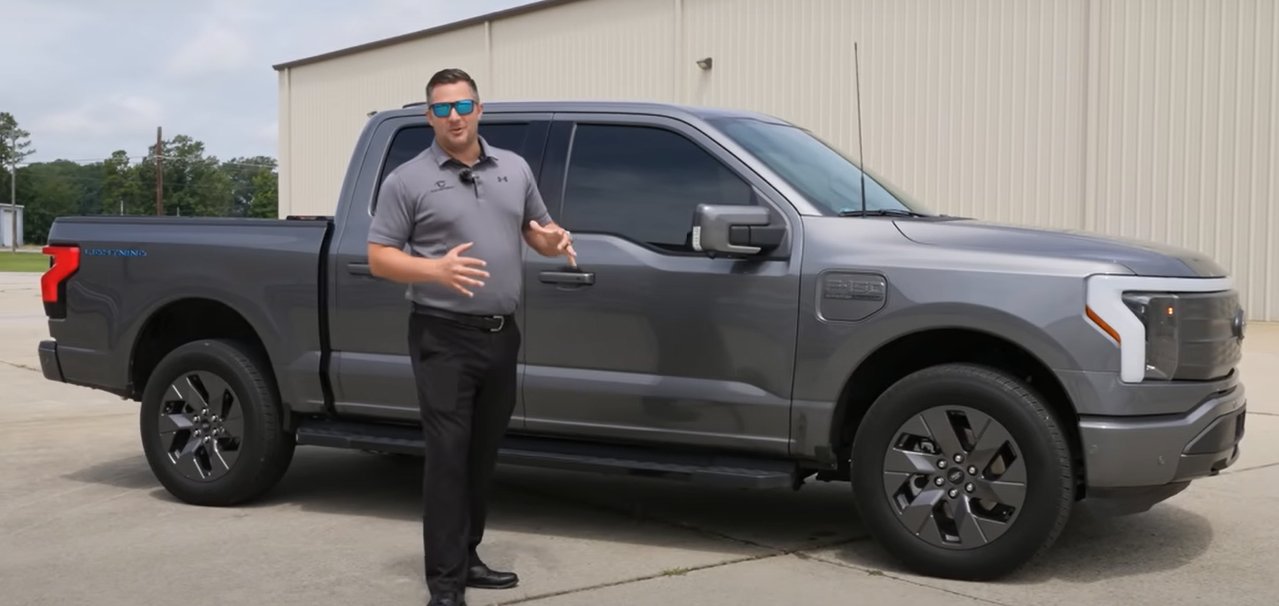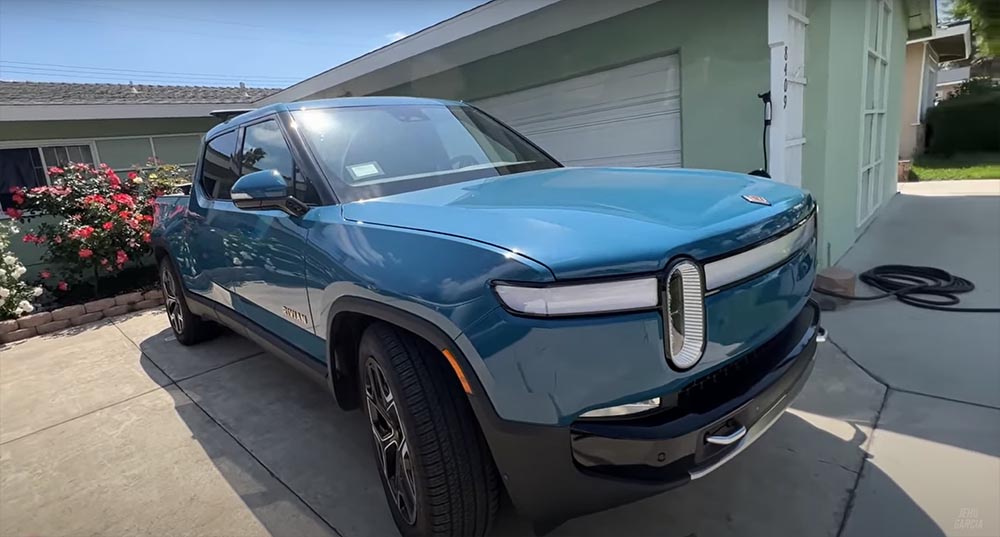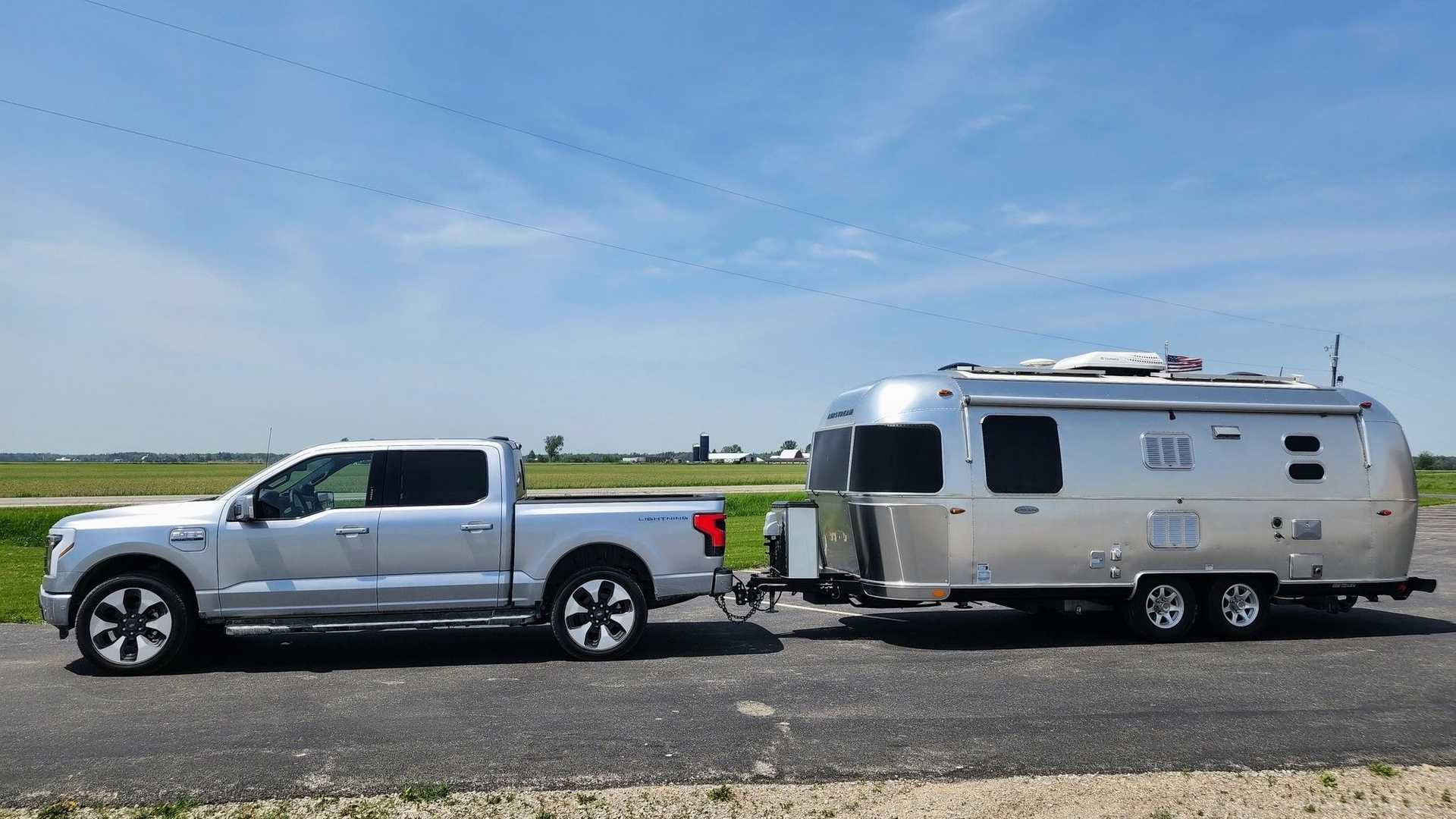Lawrence, an enthusiastic Tesla Model 3 owner, recently shared his ownership experience through a detailed YouTube video. Having driven nearly 155,000 miles over the past five years, Lawrence provided valuable insights into the performance, battery degradation, and maintenance of his 2018 Model 3 Performance variant.
Lawrence’s Model 3 Performance edition boasts dual motors and all-wheel drive, enabling it to accelerate from 0 to 60 miles per hour in just 3.5 seconds. Back in 2018, this version had an EPA-estimated range of 310 miles and carried a manufacturer’s suggested retail price (MSRP) of $64,000.
One of the primary topics Lawrence addressed was the battery degradation in his Tesla Model 3. Utilizing the Tessie app, which records real-time vehicle data, Lawrence estimated that he experienced an 8-11 percent loss in battery capacity over the course of five years. Initially, his Model 3 Performance had a usable battery capacity of 75.2 kilowatt-hours, while the current maximum capacity stands at 66.2 kWh, reflecting an 11.4 percent decrease over time.
Lawrence’s driving pattern involves frequently exploring the Model 3’s performance capabilities, leading him to frequently accelerate rapidly. He also regularly utilizes Tesla Supercharger stations for charging. While there is conflicting data regarding the impact of supercharging on battery health, Lawrence noted that the difference in degradation between owners who primarily use slow charging and those who rely on supercharging is negligible. He further mentioned that the decrease in maximum range is not noticeable in day-to-day usage.
It is important to note that battery health is influenced by several factors, including climate, driving style, terrain, and charging patterns. Another Model 3 owner, Ed Fressler, reported only a 6 percent loss in battery capacity after driving 100,000 miles, while Kyle Conner experienced an 11 percent range reduction after reaching the same milestone.
Moving on, Lawrence discussed maintenance aspects of his Model 3. He deliberately avoided standard servicing until reaching 145,000 miles to test the vehicle’s durability. Eventually, he had to replace various components, including the charging socket ($600), one of the upper control arms ($300), the 12V battery ($125), and the cabin air filter, which he purchased for $15 from Amazon.
Additionally, Lawrence opted to replace the original Michelin 4S tires on his Model 3, which cost $400 per tire, with a more affordable Chinese alternative. He found that the Triangle tires only cost $75 per tire. Remarkably, after five years and 155,000 miles, Lawrence spent approximately $2,000 on overall maintenance costs.

